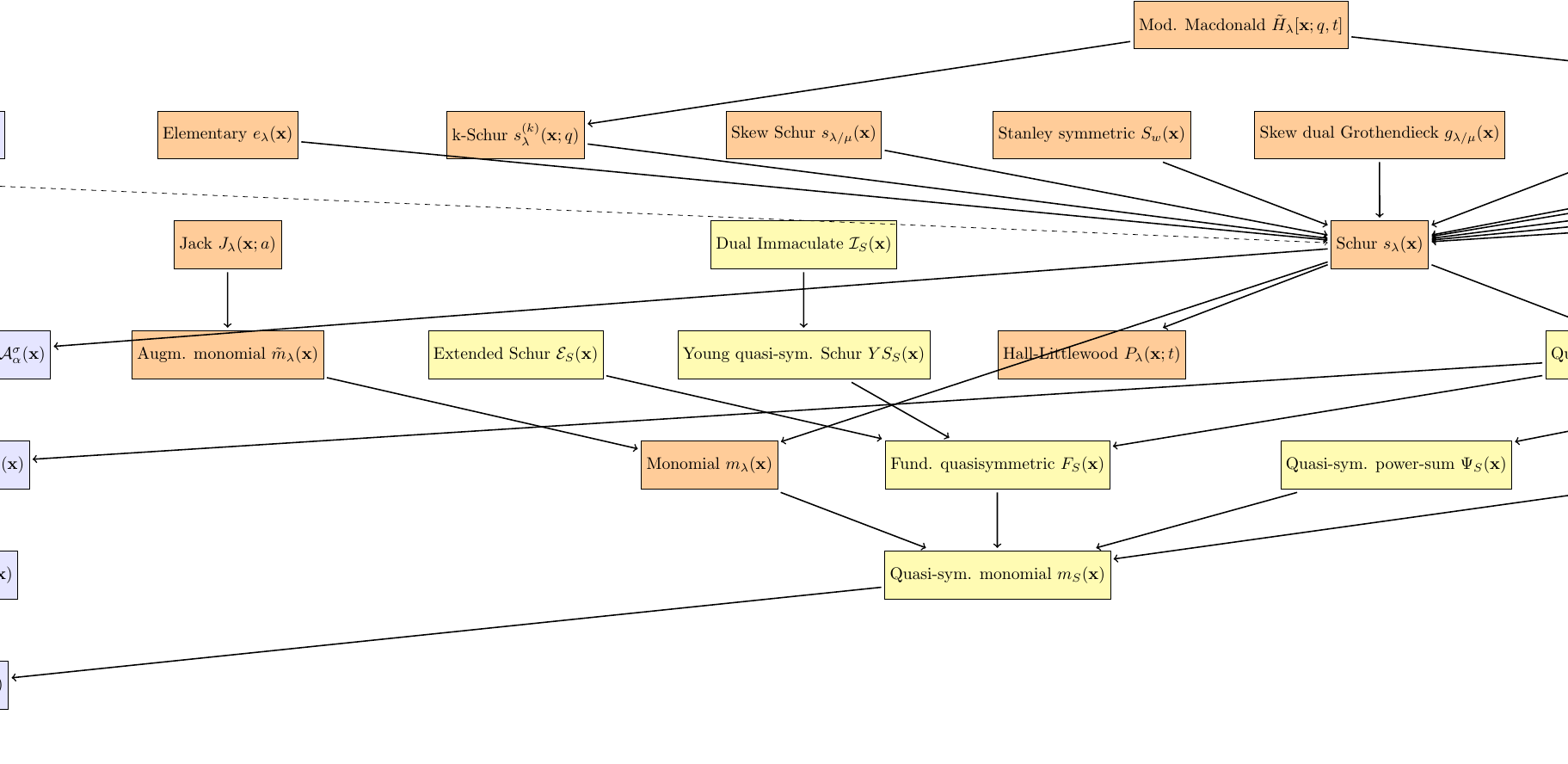(Not research-level, but perhaps not easily answered elsewhere — you decide if MO can afford the innocent fun. If so, it should likely be “community-wiki” i.e. one object per answer.)
I am seeking stories of mathematical objects that, in context, eat out namespace because their (most usual) name literally is a letter (e.g., in calculus, $e$).
Per discussion in the comments, please rather exclude letters that are frozen out by being merely common notation ($e$ in group theory, $g$ in Riemannian geometry, whole alphabets in semisimple Lie theory), and not really the name of any single object. But include: how such (poor?) practice came about; what did or didn’t help reclaim letters (new names, new typography,...); or any good story.
Wikipedia’s disambiguation pages can suggest many ($c$, $e$, $i$, $j$, $k$, $o$, $q$, $t$, $F$, $G$, $J$, $K$, $L$, $O$, $P$, $W$, $Y$, $\mathcal O$, $\wp$, $\delta$, $\zeta$, $\eta$, $\vartheta$, $\varkappa$, $\lambda$, $\xi$, $\pi$, $\sigma$, $\tau$, $\chi$, $\mathrm B$, $\Gamma$, $\mathrm H$, $\Xi$, $\Omega$,...), but I am sure that is not all.




